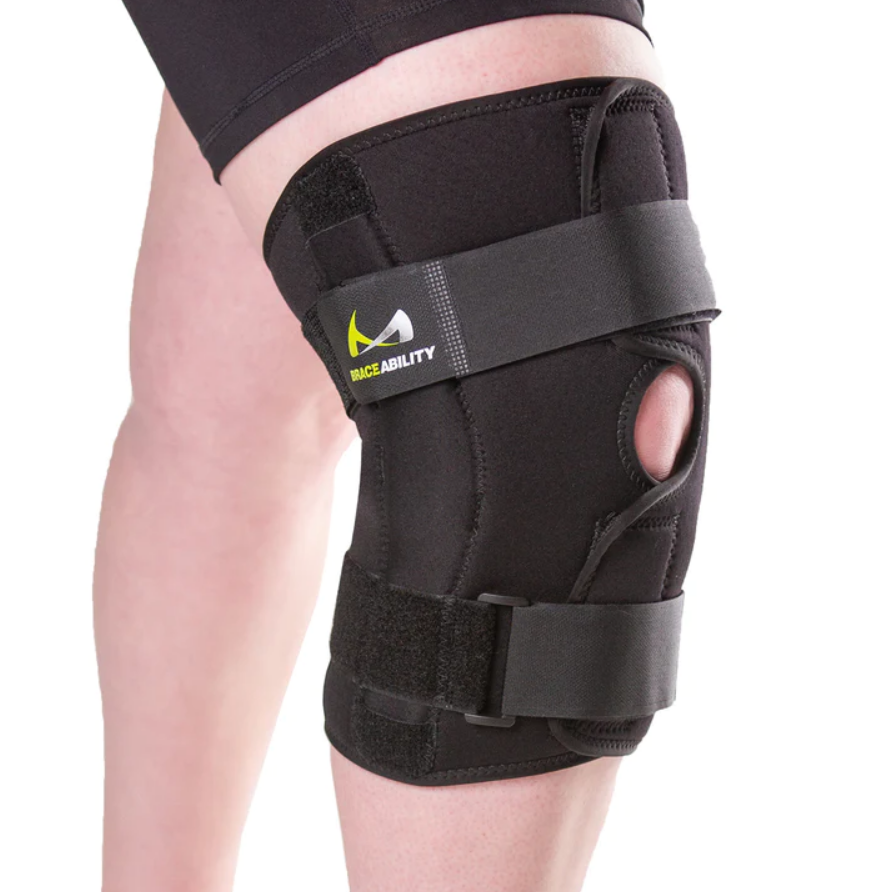In this article, you will learn about knee braces and their significance in the year 2023. We will discuss the various types of knee braces available today and their effectiveness in treating different knee-related issues. Additionally, we will explore the advancements and innovations in knee brace technology that are expected to emerge in 2023. By the end of this article, you will have a comprehensive understanding of the importance of knee braces and how they can benefit individuals with knee problems.
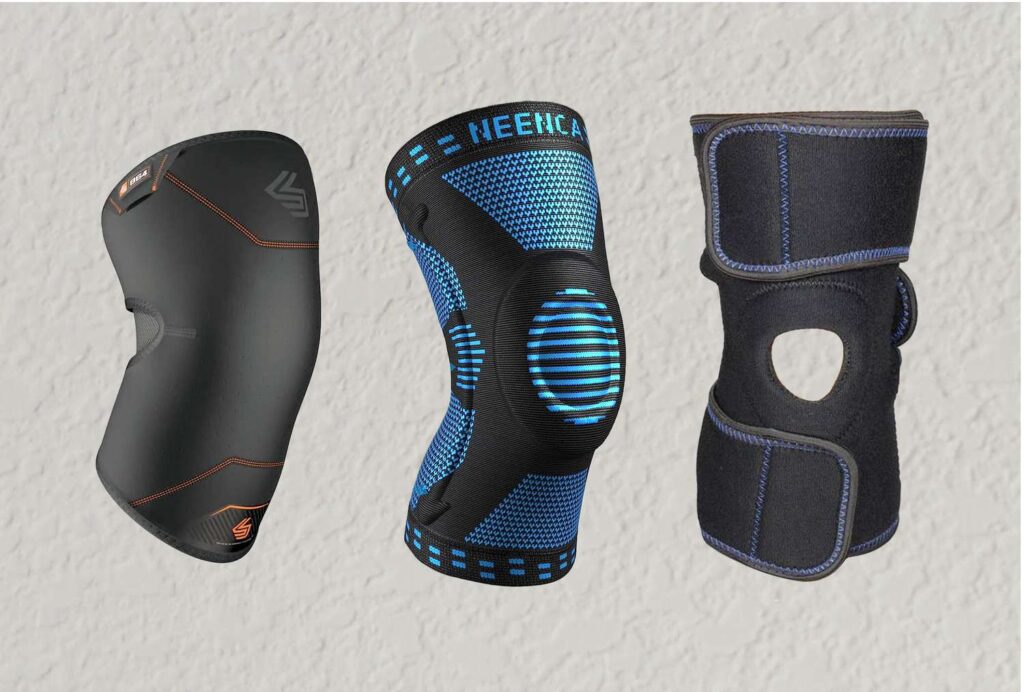
Types of Knee Braces
Hinged Knee Braces
Hinged knee braces are commonly used for individuals who require more stability and support for their knee joint. These braces are designed with metal hinges on both sides of the knee, allowing for controlled movement while providing the necessary stability. Hinged knee braces are often recommended for individuals recovering from knee surgery or those suffering from ligament injuries, such as ACL (anterior cruciate ligament) tears.
Compression Knee Braces
Compression knee braces are tight-fitting sleeves that provide uniform pressure and support to the knee area. These braces are made from elastic materials that compress the soft tissues around the knee joint. Compression knee braces help improve blood circulation, reduce swelling, and provide mild support to the knee. They are commonly used for individuals with mild knee pain or those engaging in physical activities that require minimal knee support.
Prophylactic Knee Braces
Prophylactic knee braces, also known as preventative knee braces, are designed to protect the knee joint from potential injuries. These braces are commonly used by athletes involved in contact sports, such as football or basketball, to minimize the risk of ligament sprains or other knee injuries. Prophylactic knee braces are typically made from a combination of rigid and flexible materials to provide ample support and protection during dynamic movements.
Functional Knee Braces
Functional knee braces are versatile braces that provide both stability and flexibility to the knee joint. These braces are often customized to fit the individual’s specific knee condition or injury. Functional knee braces are commonly used for individuals with chronic knee instability, such as those with ligament laxity or joint instability. They are designed to provide support while allowing the knee to move naturally.
Benefits of Using Knee Braces
Pain Relief
One of the key benefits of using knee braces is pain relief. Whether you’re suffering from acute or chronic knee pain, braces can help alleviate discomfort by providing support to the affected area. Knee braces can also help distribute the pressure evenly across the knee joint, reducing strain on specific areas and relieving pain.
Stability and Support
Knee braces are highly effective in providing stability and support to the knee joint. They help prevent excessive lateral or rotational movements of the knee, which can lead to further injury or aggravate existing conditions. By providing additional support to the ligaments and tendons surrounding the knee, braces can significantly improve stability and prevent the risk of falls or other accidents.
Injury Prevention
Knee braces play a crucial role in preventing knee injuries, particularly in individuals engaged in high impact sports or activities. Braces can reduce the risk of ligament sprains, meniscus tears, and other knee injuries by providing external support and reinforcing the knee joint. For athletes or individuals with a history of knee injuries, wearing a knee brace can be a proactive measure to prevent future injuries.
Improved Performance
For athletes and active individuals, knee braces can enhance performance by providing the necessary support and stability. By minimizing the risk of knee injury, braces allow individuals to engage in physical activities with confidence and maximize their performance potential. Additionally, knee braces can help alleviate fatigue by providing support to the surrounding muscles, allowing individuals to perform at their best for longer durations.
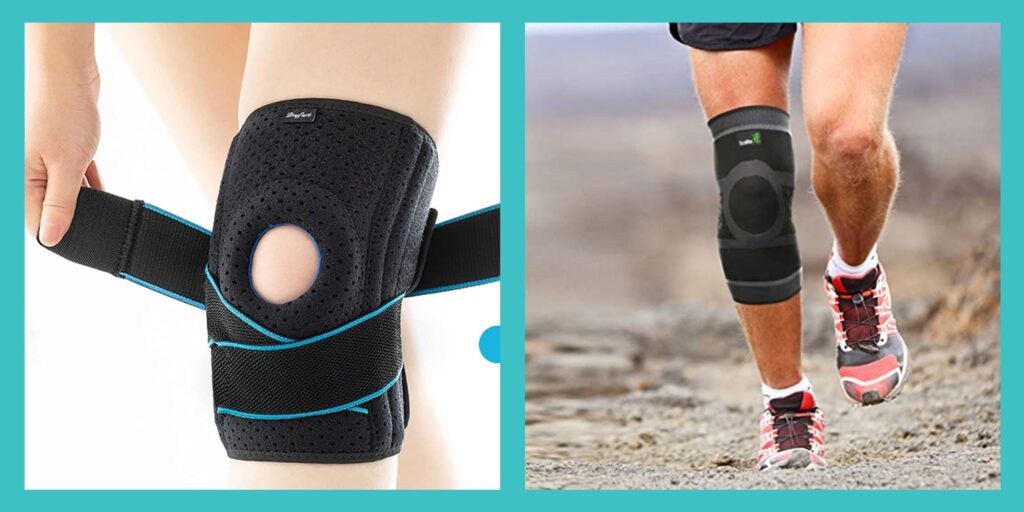
When to Use Knee Braces
After Knee Surgery
After undergoing knee surgery, wearing a knee brace is often a crucial part of the recovery process. Knee braces help provide stability and support to the healing knee joint, allowing for proper alignment and reducing the risk of re-injury. The type of knee brace recommended post-surgery will depend on the specific procedure and the surgeon’s recommendations.
During Rehabilitation
Knee braces are commonly used during rehabilitation to aid in the recovery and strengthening of the knee joint. These braces can provide support, protection, and stability while individuals engage in physical therapy exercises. By maintaining proper alignment and controlling the range of motion, knee braces can facilitate the rehabilitation process and prevent further damage.
During Physical Activities
Engaging in physical activities, particularly those that involve repetitive or high-impact motions, can put stress on the knee joint. Wearing a knee brace during such activities can provide additional support and minimize the risk of injury. Whether it’s running, jumping, or participating in sports, a knee brace can protect the knee from excessive strain and prevent potential damage.
For Chronic Knee Conditions
Individuals with chronic knee conditions, such as osteoarthritis or chronic instability, can benefit from using knee braces regularly. These braces provide support to the affected joint, alleviate pain, and improve stability, allowing individuals to maintain an active lifestyle. However, it’s essential to consult with a medical professional to determine the most suitable type of knee brace for specific chronic knee conditions.
Choosing the Right Knee Brace
Consultation with a Medical Professional
When choosing a knee brace, it is crucial to seek guidance from a medical professional, such as an orthopedic specialist or a physical therapist. They can assess your knee condition, recommend the appropriate type of brace, and provide essential guidelines for its use. A personalized approach will ensure the best outcomes in terms of support, comfort, and effectiveness.
Consideration of Activity Level
Consider your activity level when selecting a knee brace. Different activities require varying levels of support and protection. If you engage in high-impact sports, such as basketball or football, you may need a more rigid and supportive knee brace. For low-impact activities or daily use, a compression sleeve or a lighter support brace may be sufficient.
Understanding the Knee Condition
Understanding your specific knee condition is vital in choosing the right brace. Different knee conditions may require different types of support. For example, individuals with ACL tears may require hinged knee braces to prevent further injuries, while those with mild knee pain may benefit from compression braces. Understanding the nature of your knee condition will allow you to choose the most suitable brace for your needs.
Proper Fit and Sizing
Ensuring proper fit and sizing is crucial for the effectiveness and comfort of a knee brace. Ill-fitting braces may not provide adequate support or may cause discomfort and irritation. Take accurate measurements of your knee size and follow the manufacturer’s sizing guidelines. It’s also important to note any adjustments or customization options the brace may offer to ensure a secure and comfortable fit.
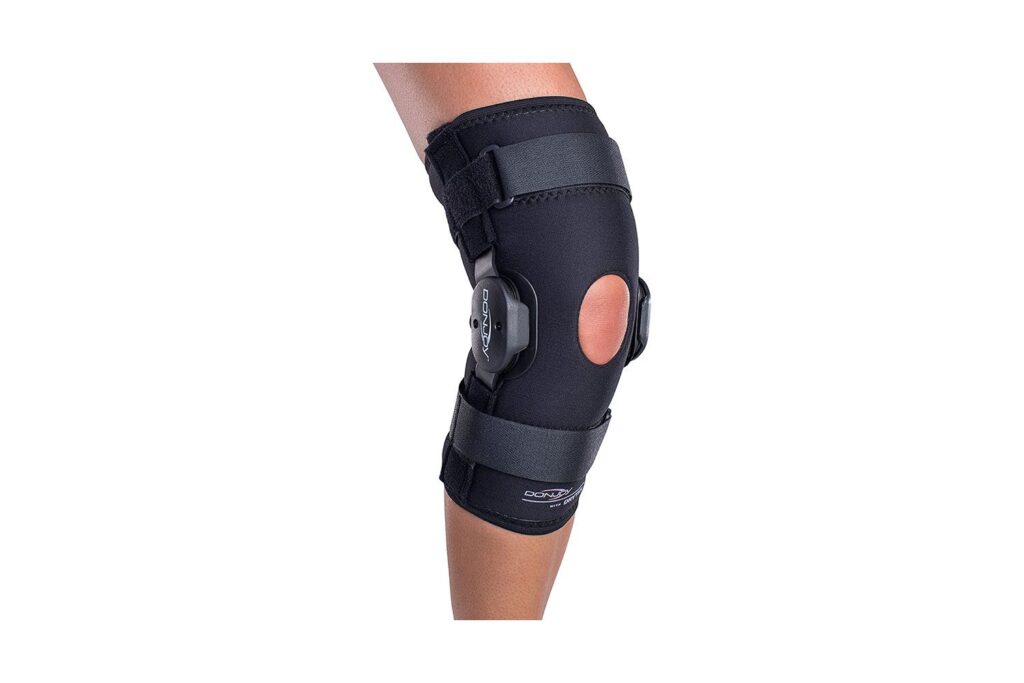
Maintaining and Cleaning Knee Braces
Regular Inspection and Cleaning
Regularly inspect your knee brace for any signs of wear or damage. Check for loose hinges, tears in the fabric, or worn-out straps. Cleaning the brace regularly is also important to prevent the build-up of dirt, sweat, or bacteria. Follow the manufacturer’s instructions for cleaning, as different materials may require specific care. Proper maintenance will extend the lifespan of your knee brace and ensure its optimal functionality.
Proper Storage
When not in use, store your knee brace in a clean and dry place. Avoid exposing it to extreme temperatures or direct sunlight, as these can affect the materials and potentially compromise its effectiveness. Proper storage will help maintain the brace’s integrity and ensure it remains in good condition for longer use.
Replacement of Worn-out Parts
Over time, certain parts of the knee brace may wear out, such as straps or hinges. It is essential to replace these worn-out parts promptly to maintain the brace’s functionality and stability. Contact the manufacturer or consult with a medical professional for replacement parts or recommendations.
Avoidance of Harsh Chemicals
When cleaning your knee brace, avoid using harsh chemicals or abrasive substances that may damage the materials. Use mild soap or cleaning solutions recommended by the manufacturer. Gently clean the brace and allow it to air dry thoroughly before using it again. Harsh chemicals can deteriorate the materials and compromise the brace’s effectiveness.
Common Mistakes to Avoid with Knee Braces
Wearing the Wrong Size
Wearing the wrong size is one of the most common mistakes when it comes to knee braces. Ill-fitting braces can be uncomfortable, restrict movement, or fail to provide adequate support. To ensure the proper fit, carefully take your knee measurements and refer to the manufacturer’s sizing guide.
Not Following Instructions
Another common mistake is not following the instructions provided with the knee brace. Each brace is different, and the manufacturer’s instructions provide specific guidelines for its proper use. Failure to follow these instructions may decrease the brace’s effectiveness or even cause harm.
Neglecting Regular Maintenance
Maintaining your knee brace is essential for its longevity and optimal functionality. Neglecting regular inspections, cleanings, and maintenance can lead to premature wear and reduce the brace’s effectiveness. Make it a habit to inspect and clean your brace regularly to ensure its optimal performance.
Ignoring Discomfort
If you experience discomfort, pain, or irritation while wearing a knee brace, do not ignore it. Discomfort may indicate that the brace is not properly fitted or that it requires adjustment. Consult with a medical professional to address any discomfort and ensure the brace is providing the intended support and protection.
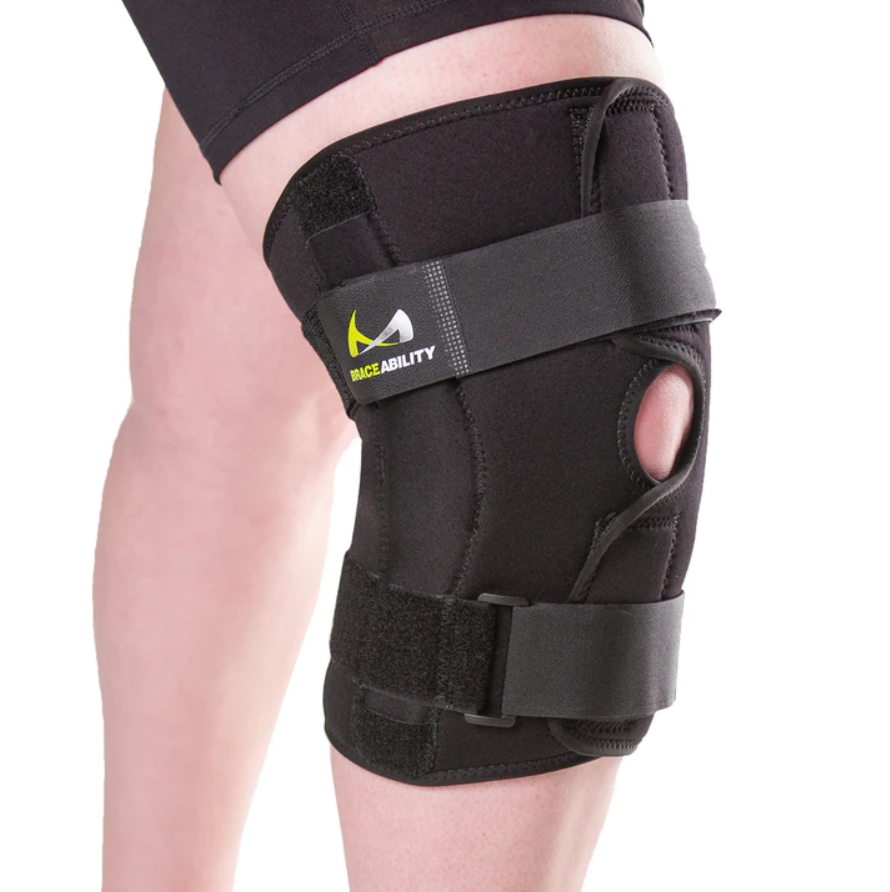
Proper Use of Knee Braces
Correct Placement and Adjustments
Proper placement and adjustments are crucial for the effective use of a knee brace. Follow the manufacturer’s instructions on how to position the brace correctly on your knee joint. Ensure the straps or closures are adjusted securely, providing support without restricting blood circulation or causing discomfort.
Adherence to Recommended Duration
It is important to follow the recommended duration for wearing your knee brace. Many braces are designed for specific activities or time frames, such as during sports or rehabilitation exercises. Wearing the brace for longer than recommended may interfere with natural knee movement or cause unnecessary pressure on the joint.
Pairing with Appropriate Footwear
When using a knee brace, it is essential to pair it with appropriate footwear. Choose footwear that provides stability and support to complement the brace’s effectiveness. Proper footwear can further enhance stability, alignment, and comfort while reducing the risk of injury.
Regular Evaluations of Knee Condition
Regularly assess your knee condition while using a knee brace. If you notice any improvement or changes, consult with a medical professional. They can evaluate your progress and adjust the brace as necessary or recommend alternative treatment options.
Risks and Precautions with Knee Braces
Skin Irritation
Wearing a knee brace for extended periods or in humid conditions may increase the risk of skin irritation. Proper cleaning and drying of the brace, as well as keeping the skin clean and dry, can help minimize the chances of skin irritation. If you experience persistent irritation, consult with a medical professional.
Impaired Circulation
It is important to ensure that a knee brace does not restrict blood circulation to the affected leg. Improperly adjusted or overly tight braces can impede circulation, leading to discomfort, swelling, or other complications. Regularly assess the fit of your brace and consult with a medical professional if you experience any circulation-related issues.
Muscle Weakness
Continuously relying on a knee brace for extended periods may lead to muscle weakness around the knee joint. The brace provides external support, which may result in reduced muscle activation and strength development. It is important to engage in strength and conditioning exercises alongside brace usage to maintain and improve muscle strength.
Dependency on Knee Braces
Dependency on knee braces can potentially hinder the natural healing and strengthening capabilities of the knee joint. While knee braces provide valuable support and protection, it is important to incorporate exercises and rehabilitation programs that aim to improve and restore natural knee function. A medical professional can guide you on how to gradually reduce dependence on knee braces when appropriate.
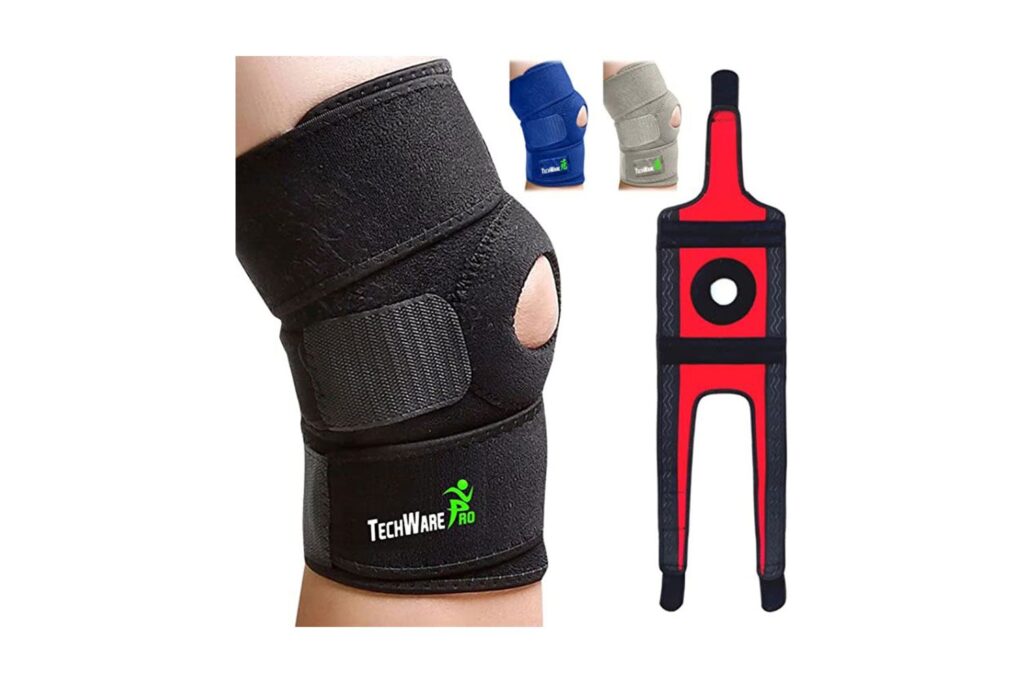
Alternative Options to Knee Braces
Physical Therapy
Physical therapy is a common alternative to knee braces for individuals with knee conditions or injuries. A physical therapist can develop a treatment plan consisting of exercises, stretches, and modalities that target specific knee issues and promote healing and improved function. Physical therapy focuses on strengthening the surrounding muscles, enhancing stability, and increasing range of motion.
Muscle Strengthening Exercises
Muscle strengthening exercises, particularly for the quadriceps, hamstrings, and gluteal muscles, can help improve knee stability and prevent further injuries. These exercises strengthen the muscles that support and stabilize the knee joint, reducing the strain on ligaments and tendons. Consult with a physical therapist or a fitness professional to develop a safe and effective muscle strengthening program.
Anti-inflammatory Medication
In some cases, anti-inflammatory medication, such as nonsteroidal anti-inflammatory drugs (NSAIDs), may provide relief from knee pain and inflammation. These medications can help reduce swelling and manage discomfort associated with various knee conditions. It is important to consult with a healthcare professional before taking any medication to ensure it is appropriate for your specific condition and medical history.
Surgical Intervention
In severe cases or when conservative treatments are ineffective, surgical intervention may be necessary. Knee surgeries, such as ACL reconstruction or meniscus repair, aim to address specific knee issues and restore stability, mobility, and overall function. Surgical intervention should be considered after a thorough examination and consultation with an orthopedic surgeon.
Conclusion
Knee braces play a significant role in providing support, stability, and protection to individuals with knee conditions and injuries. By understanding the different types of braces, their benefits, and proper use, individuals can make informed decisions for their knee health. It is important to consult with a medical professional for personalized advice and to follow instructions for optimal results. Additionally, considering alternatives and implementing preventive measures can contribute to long-term knee health. Remember, your knee health is essential for maintaining an active and fulfilling lifestyle and should not be taken lightly.
